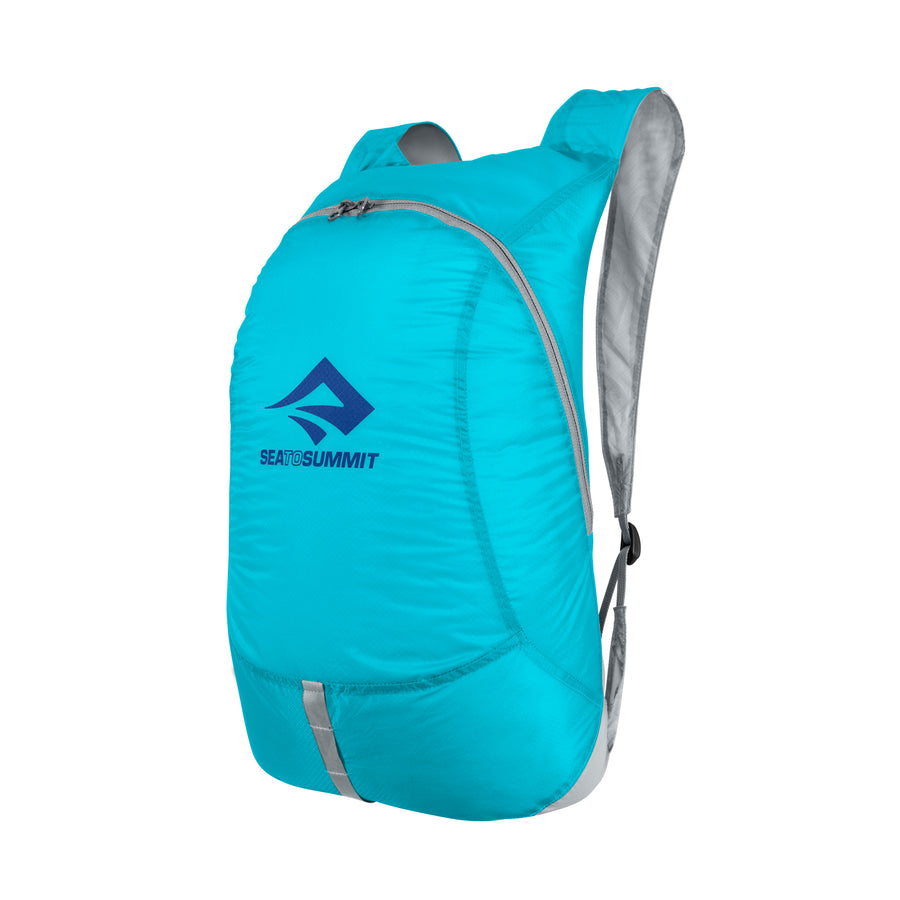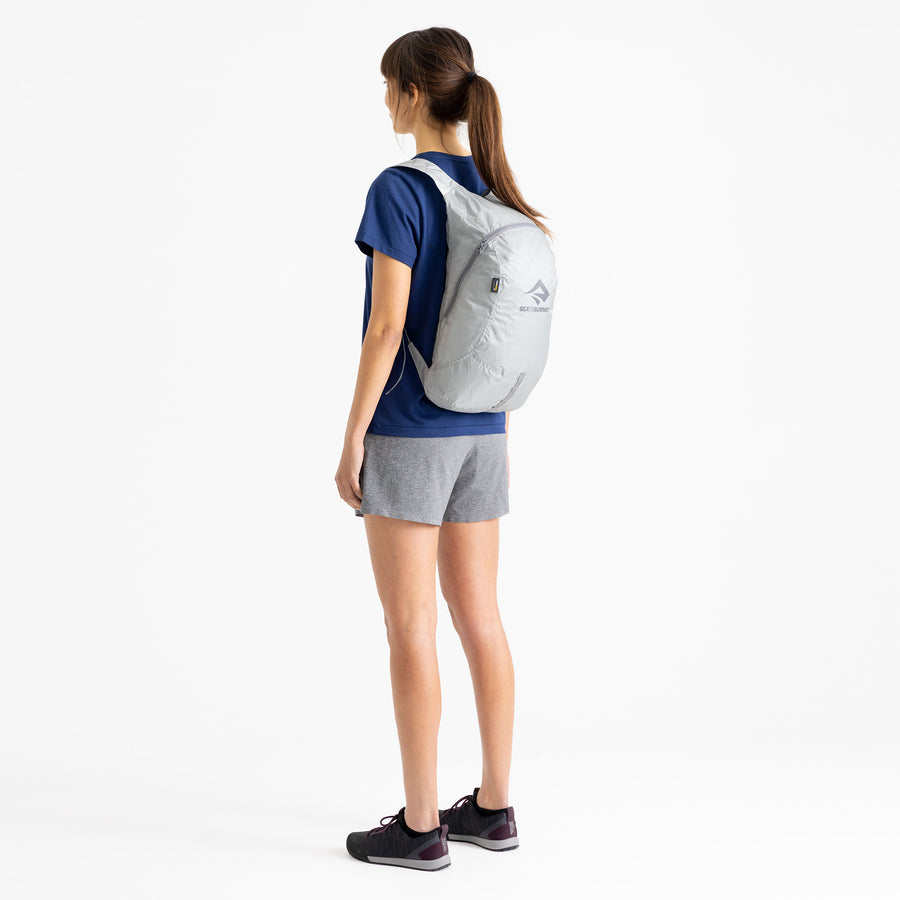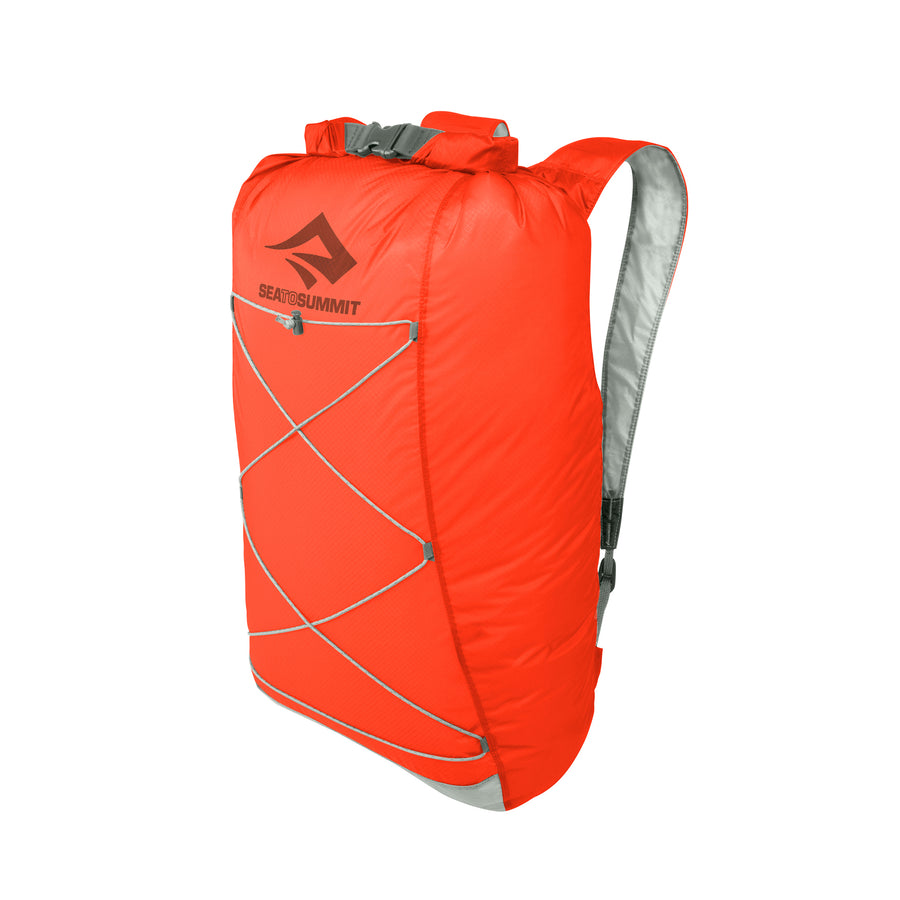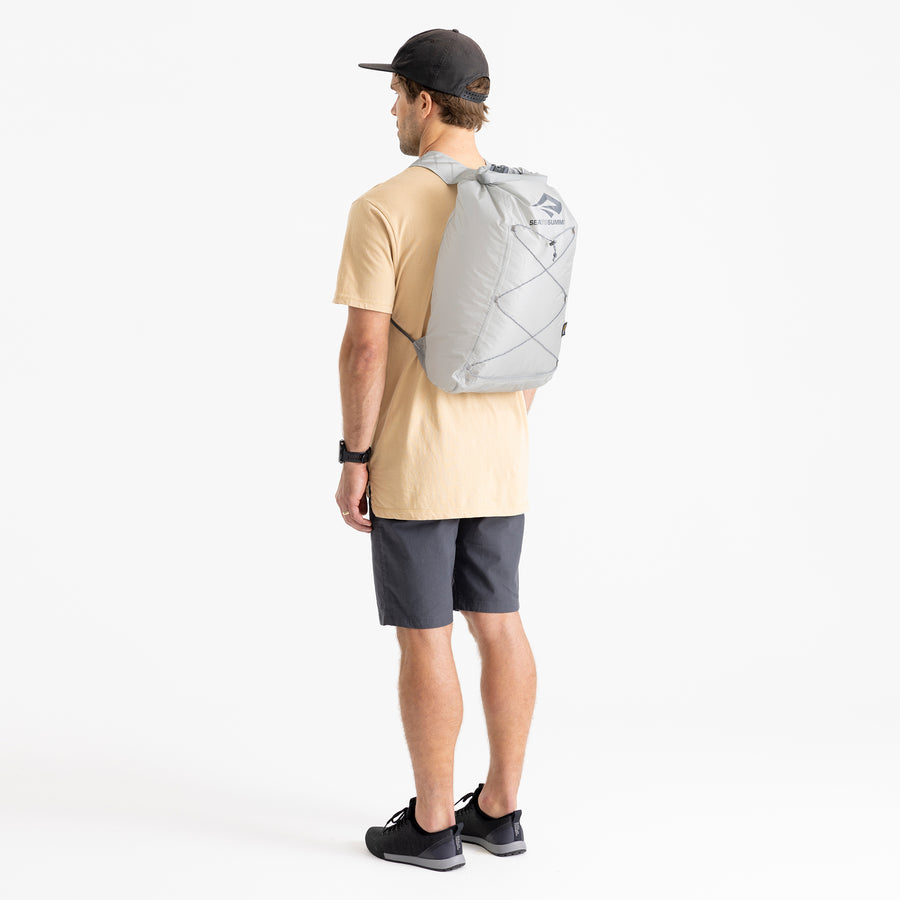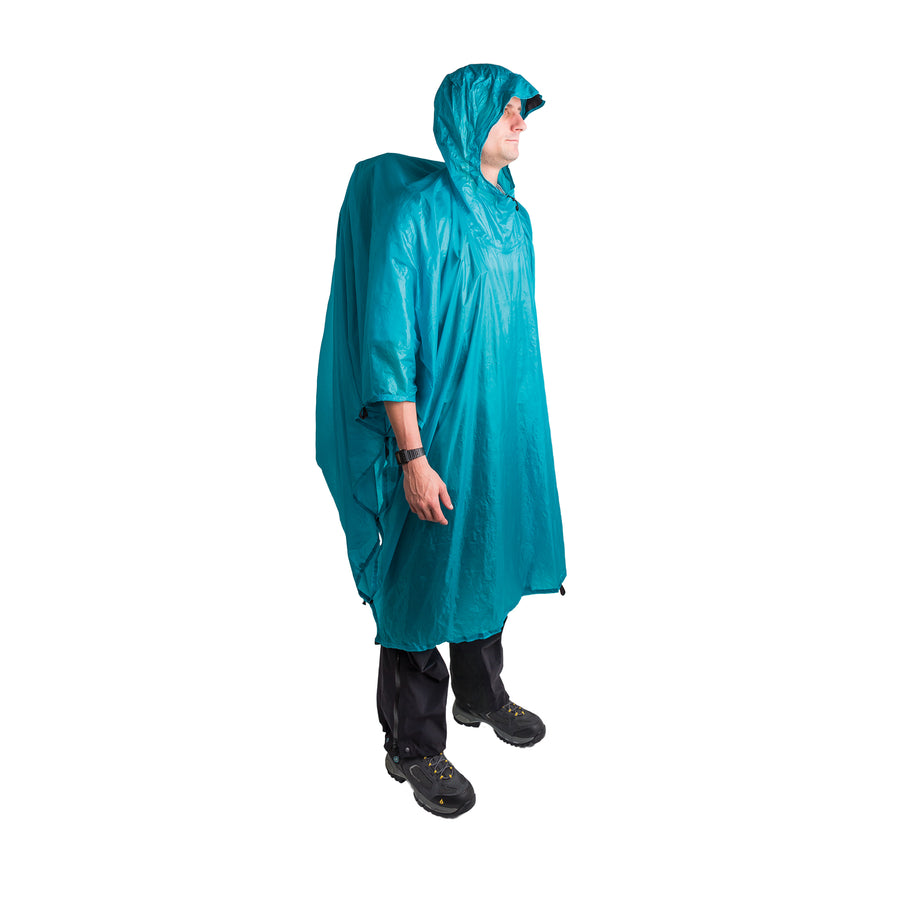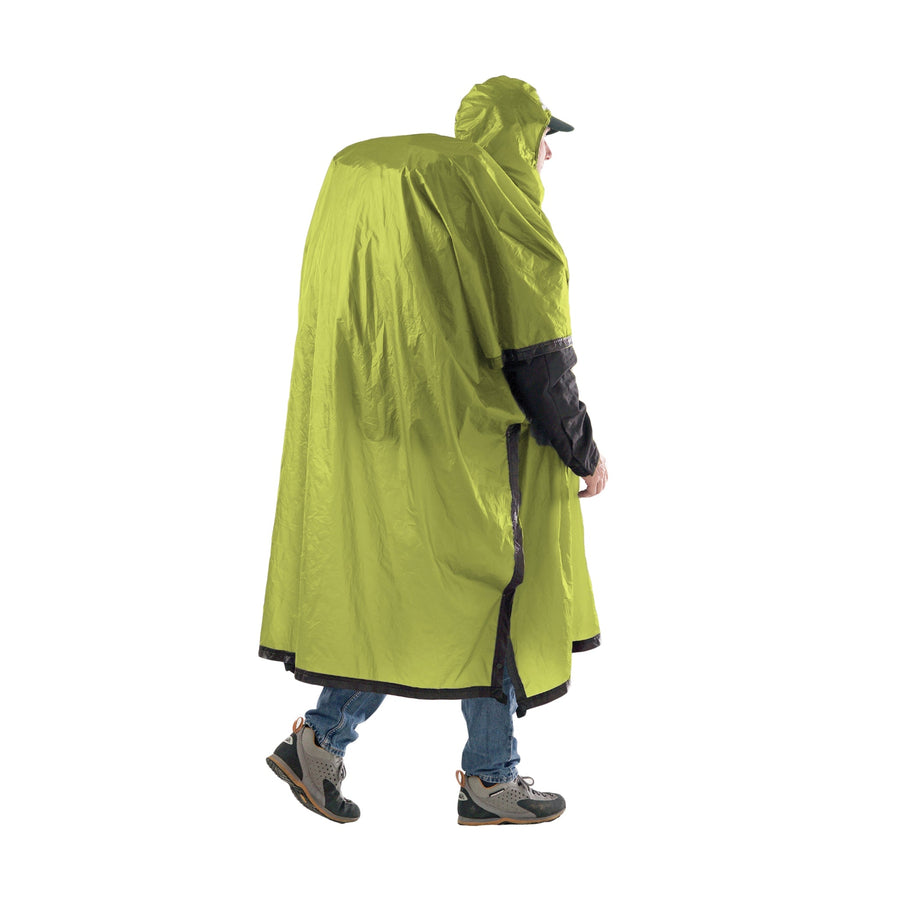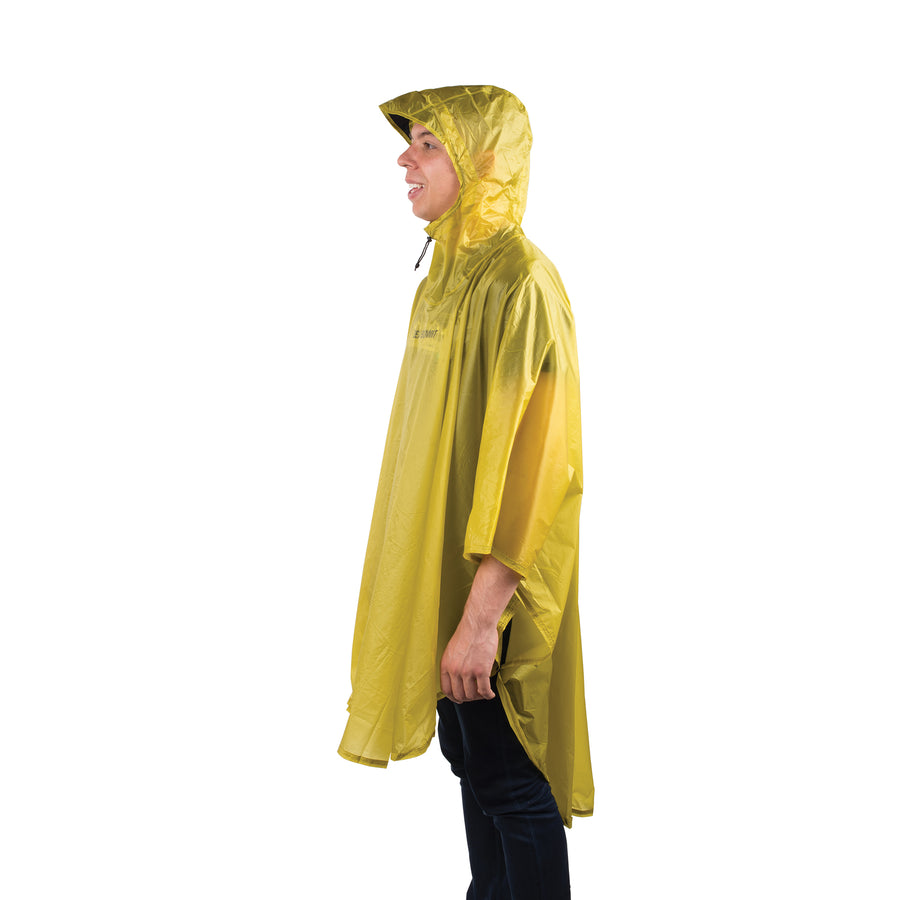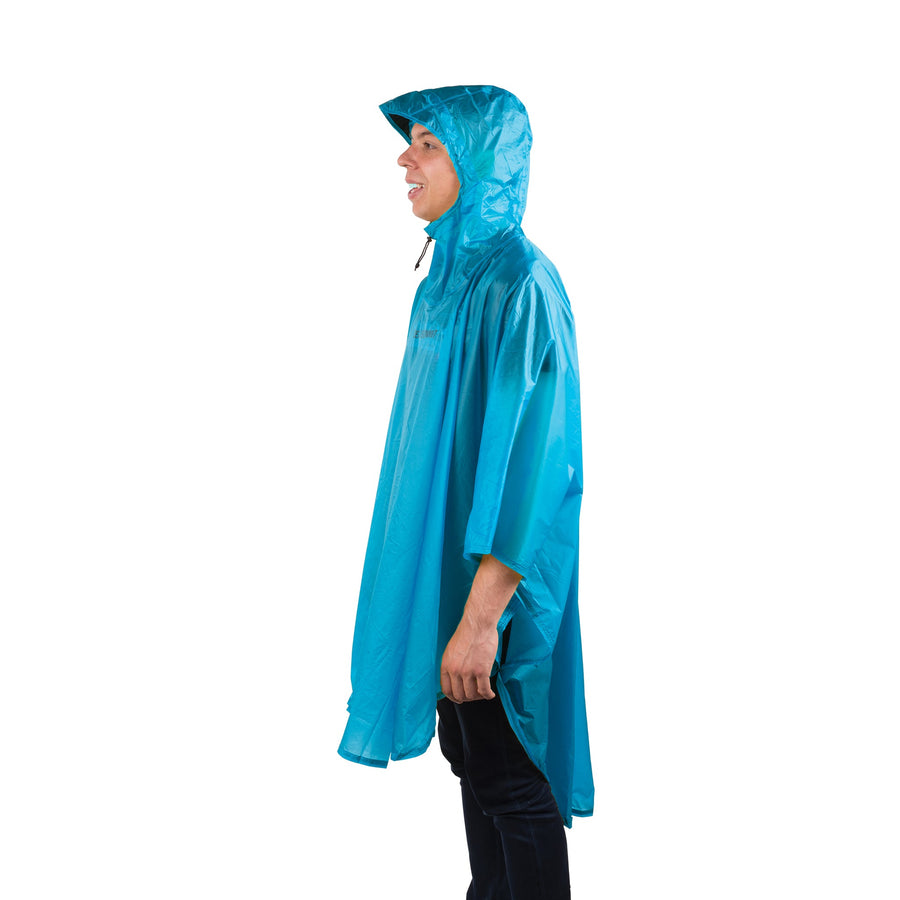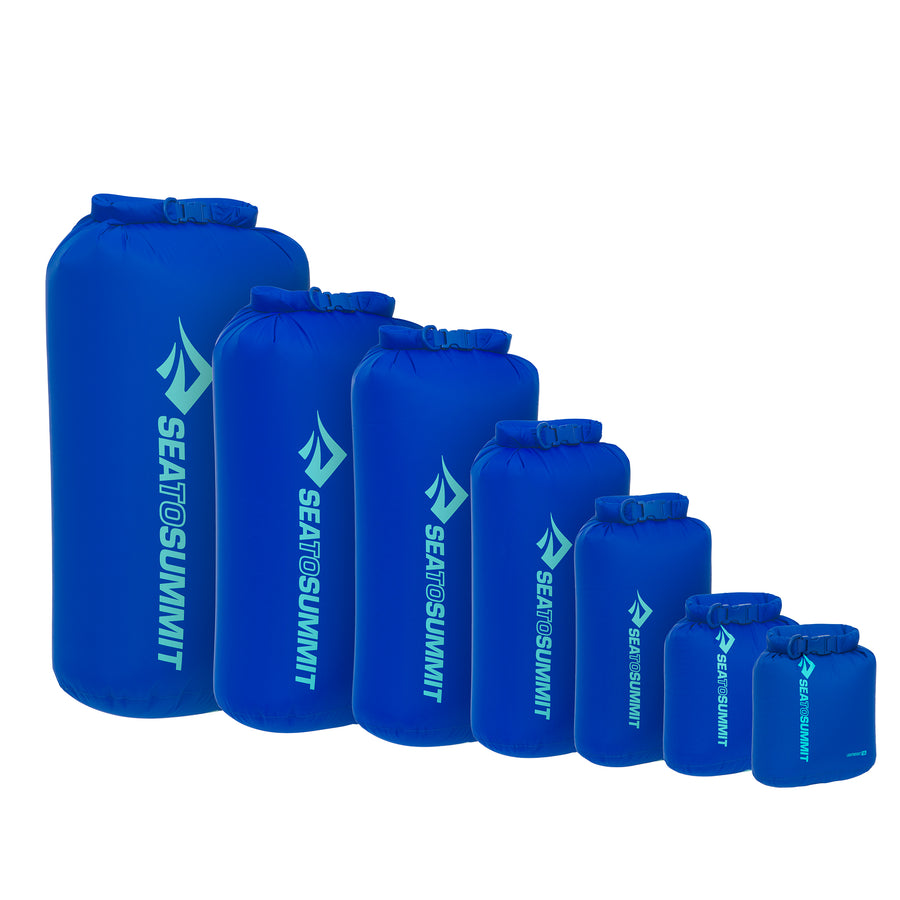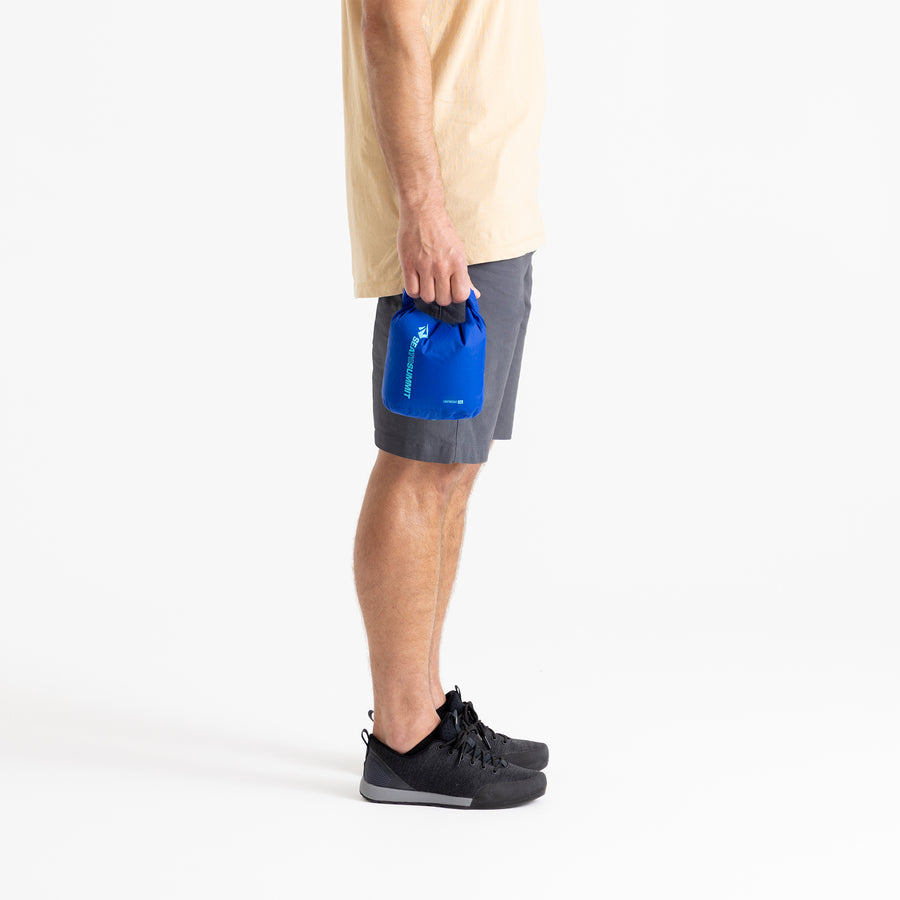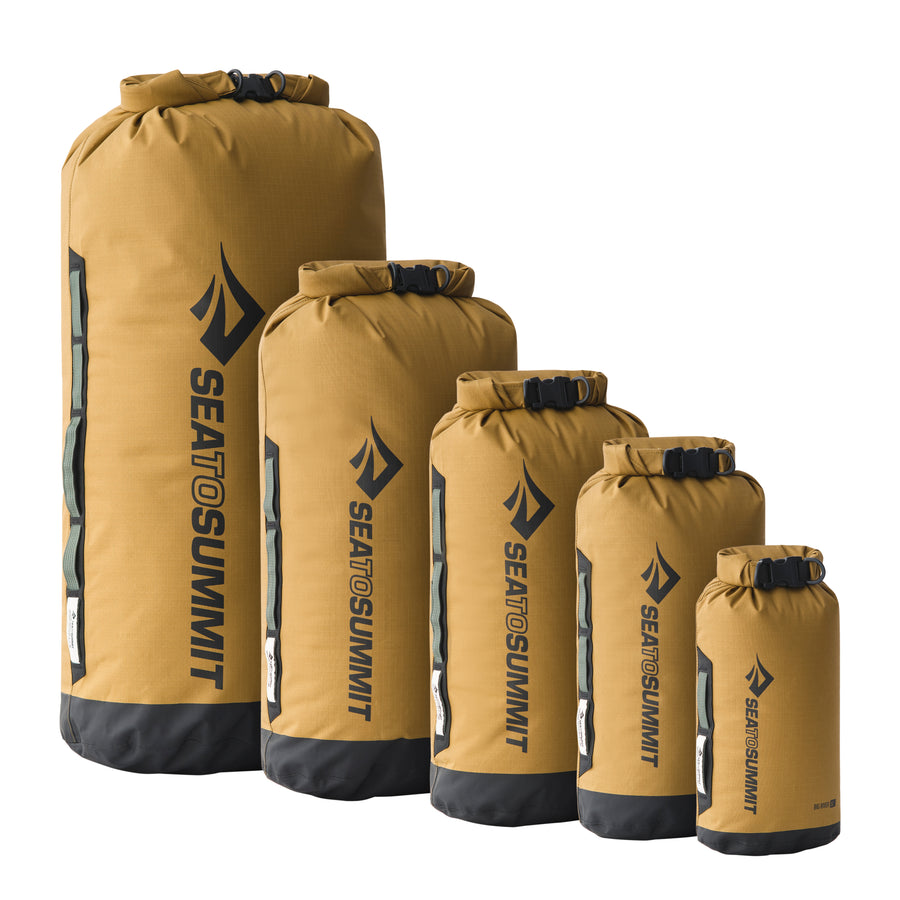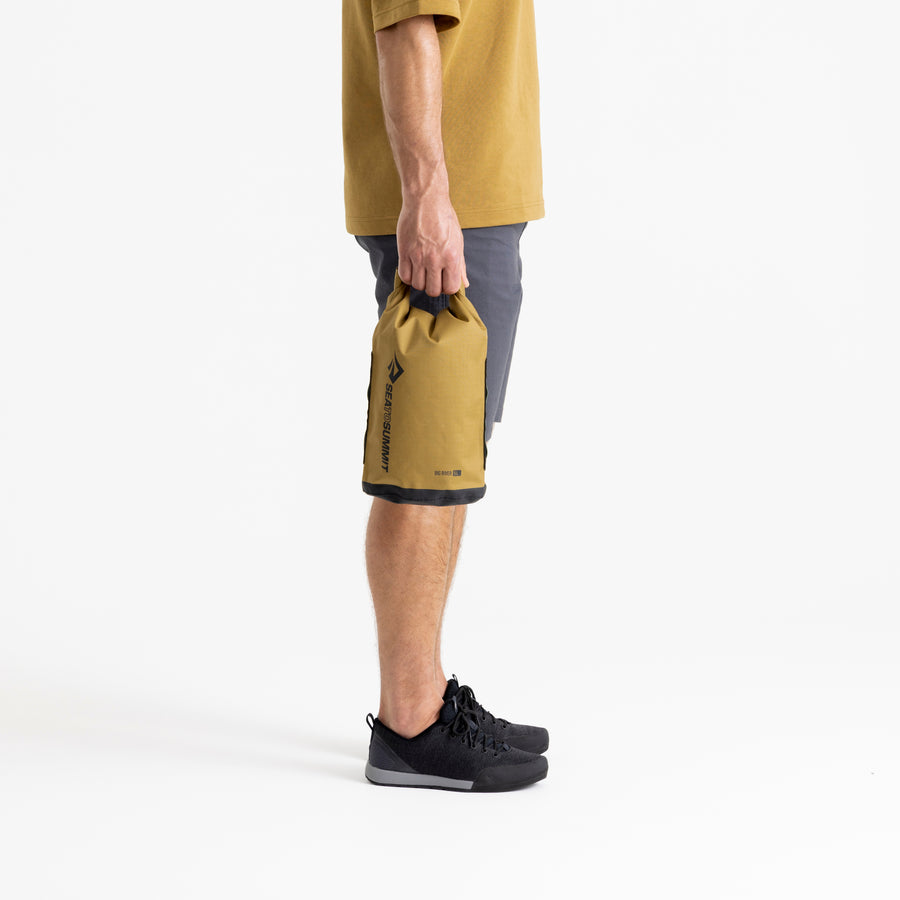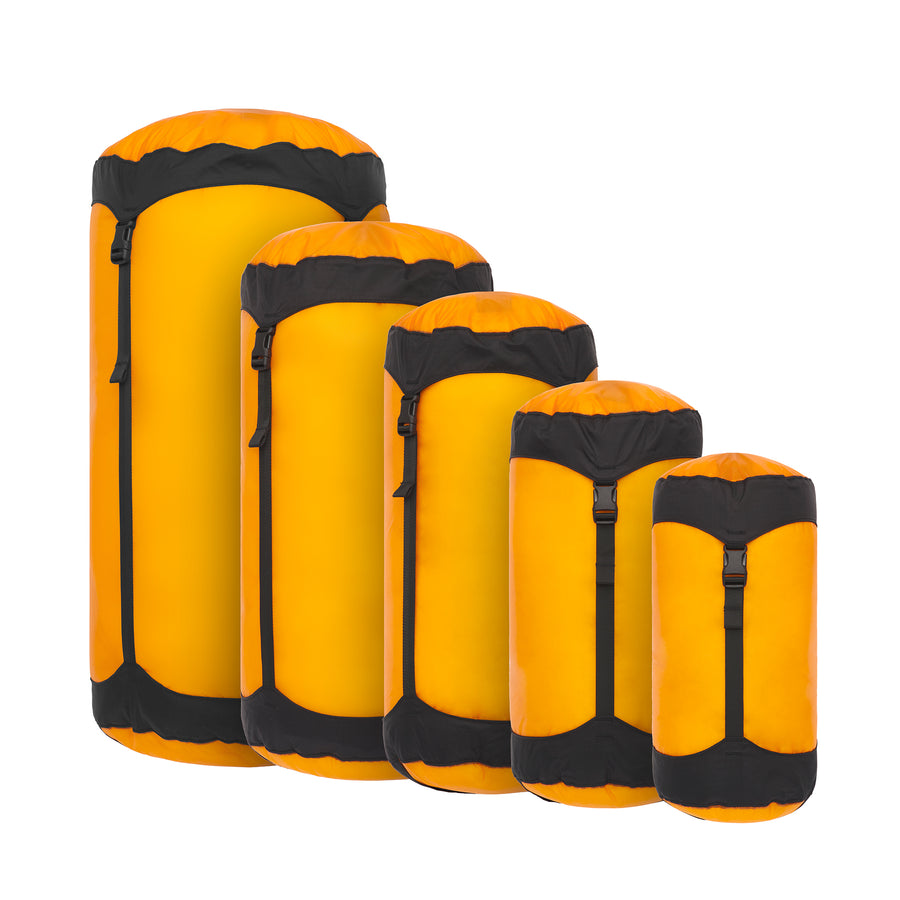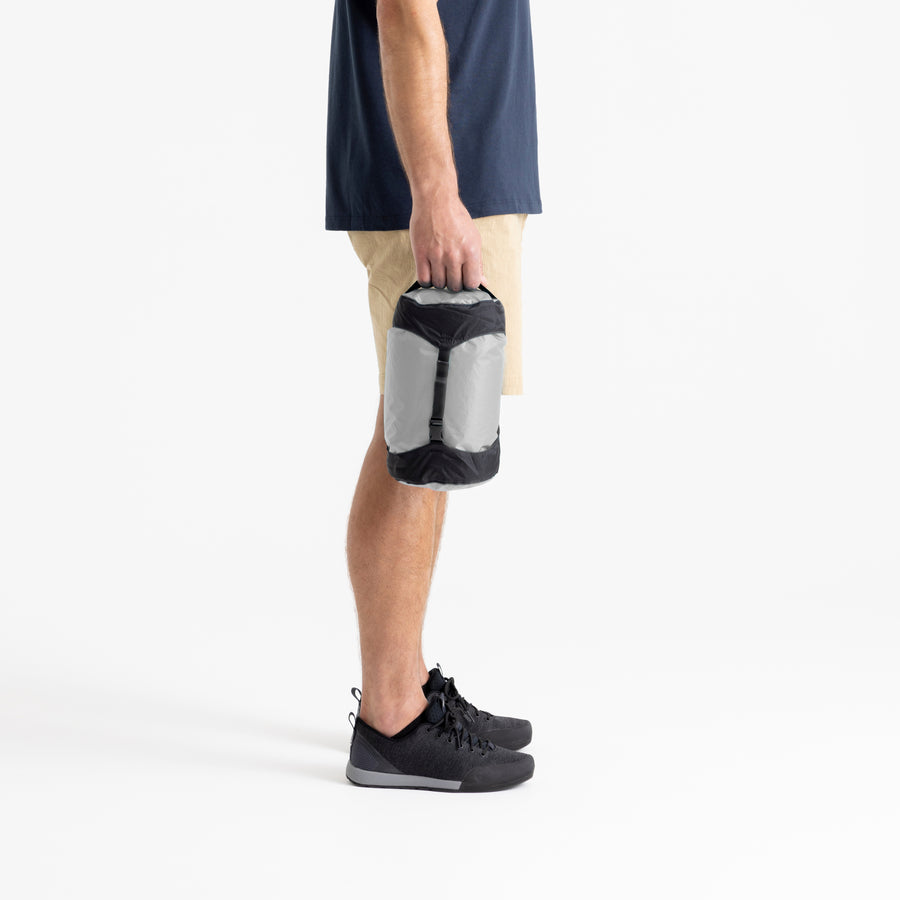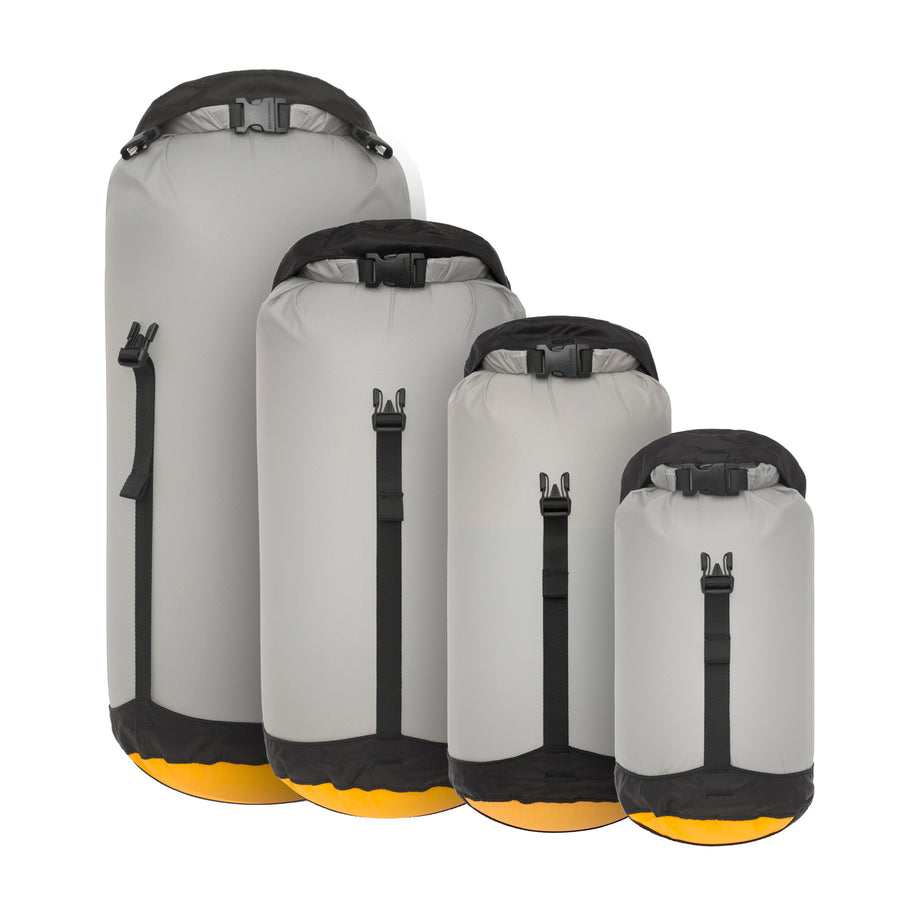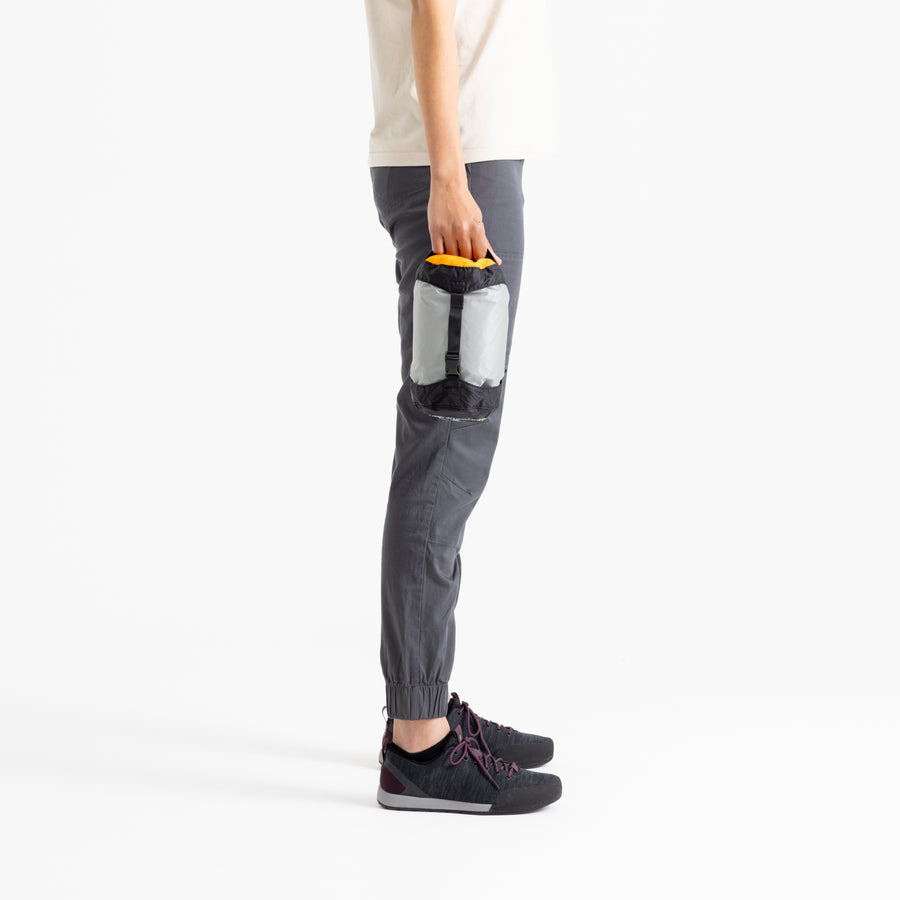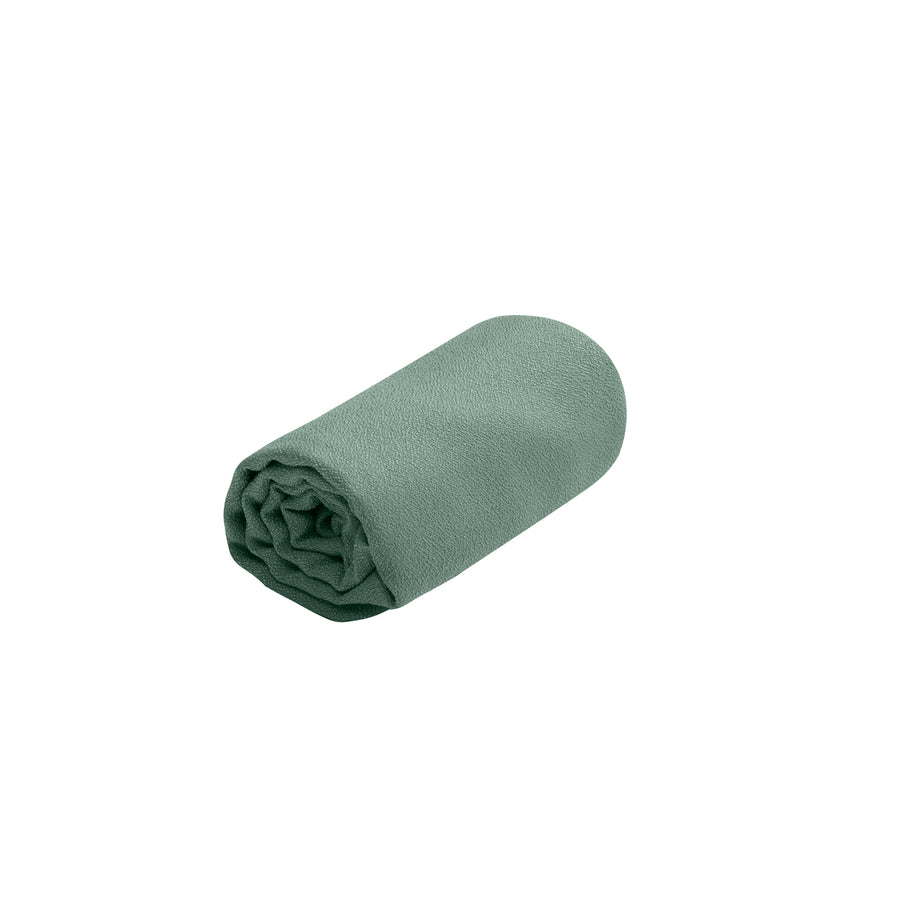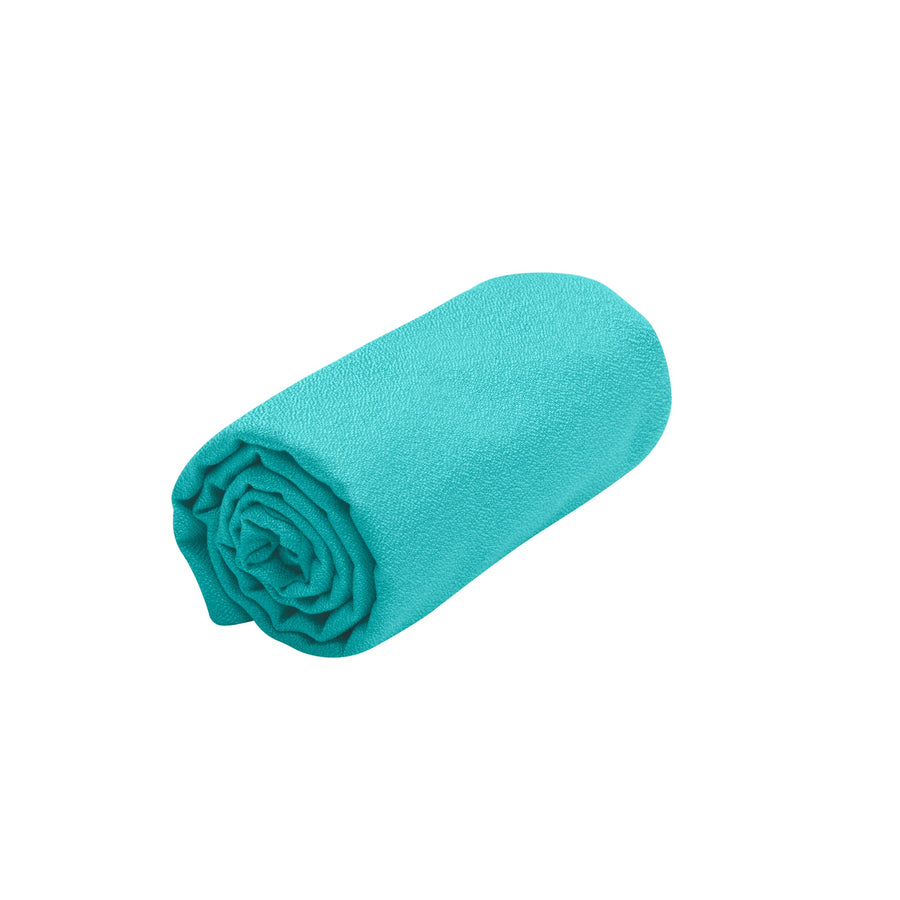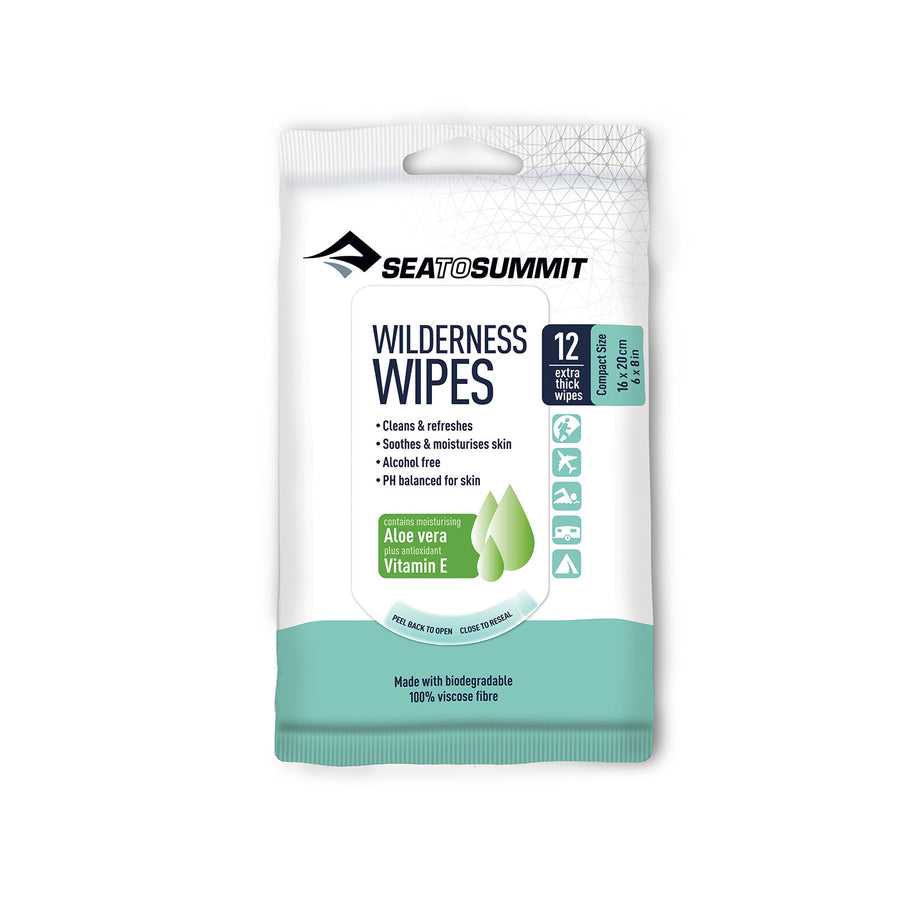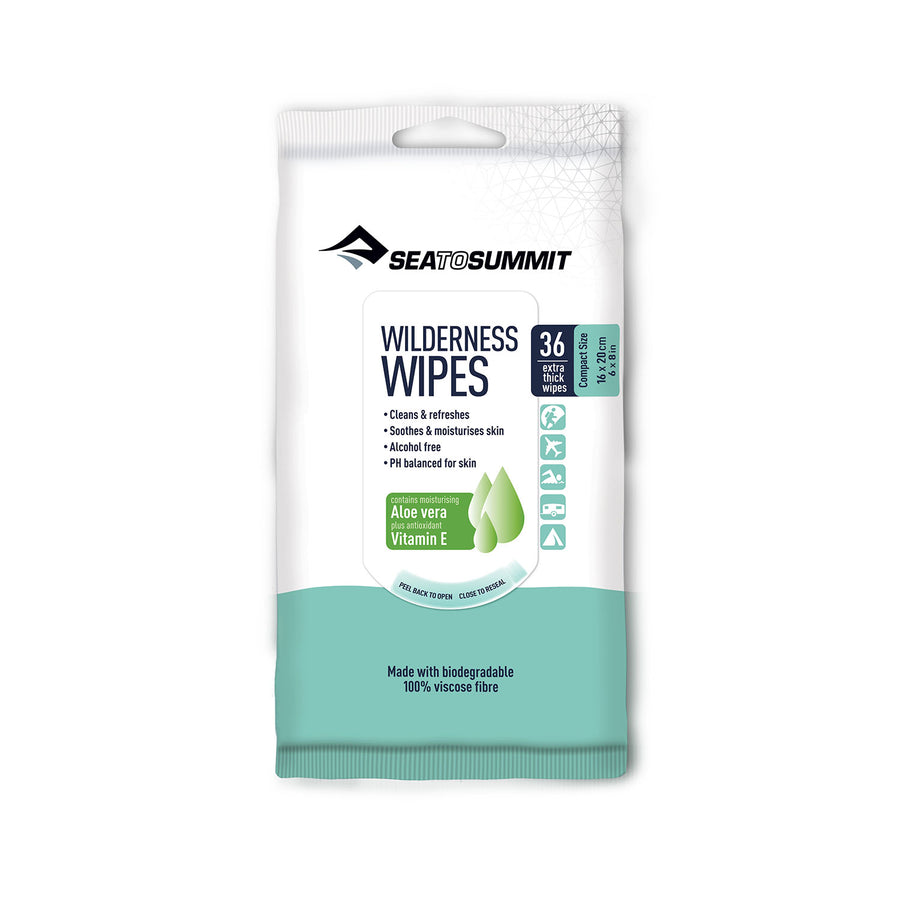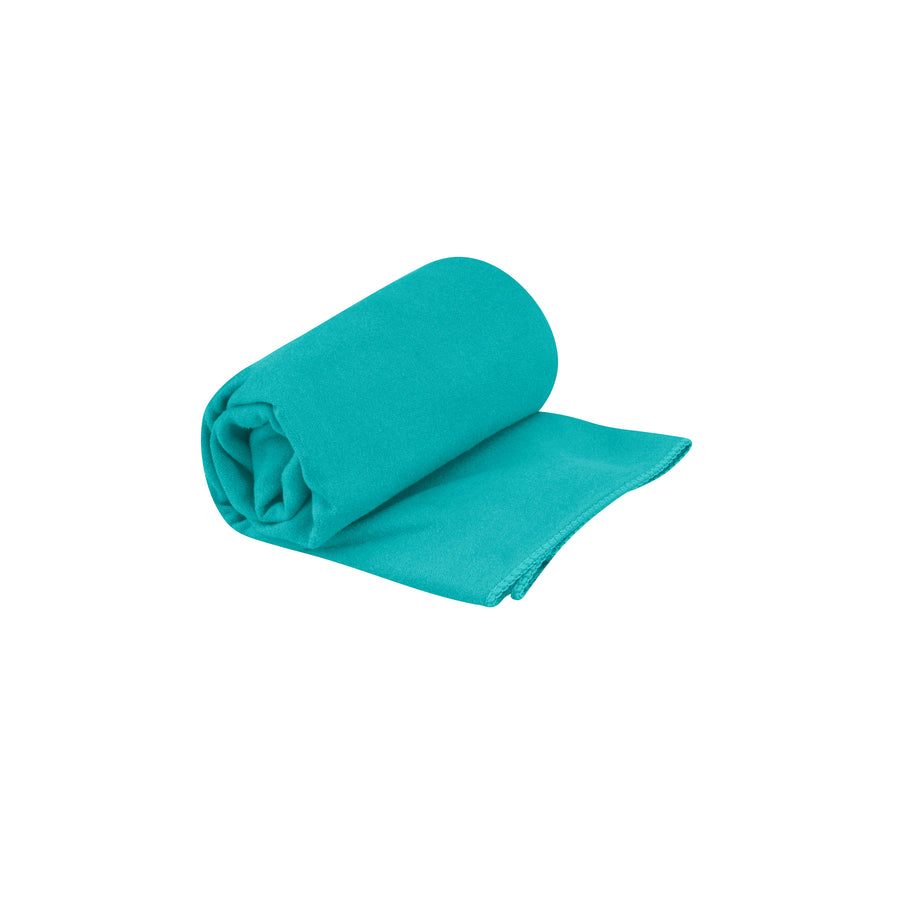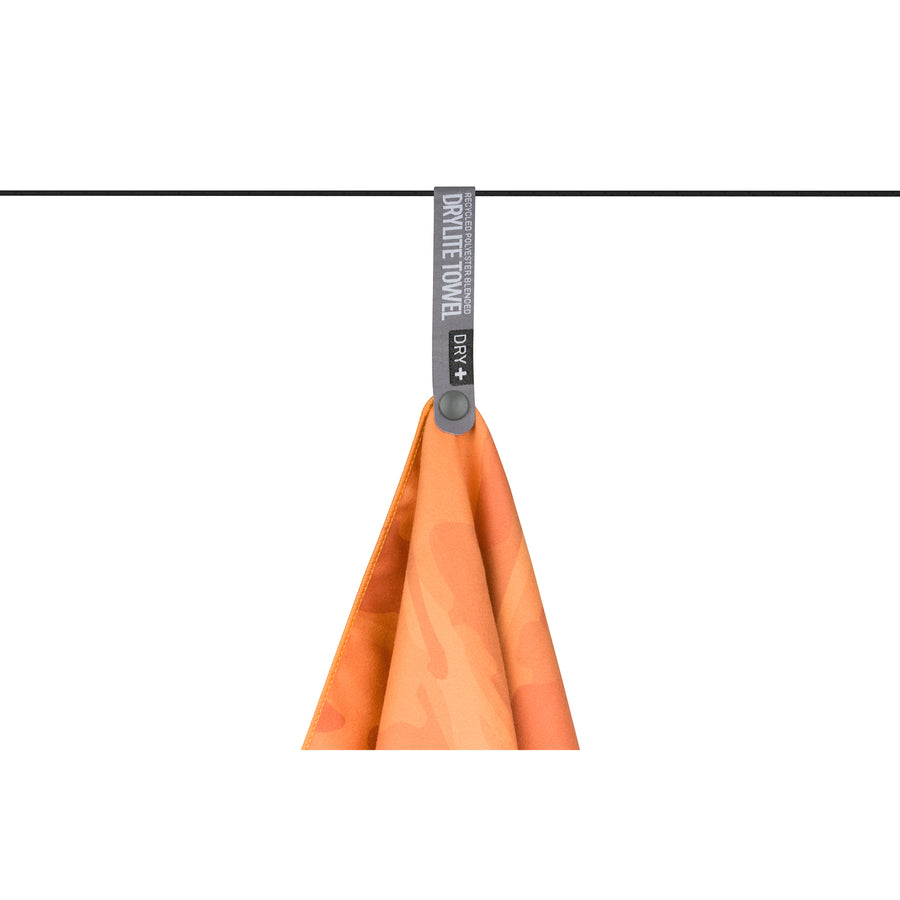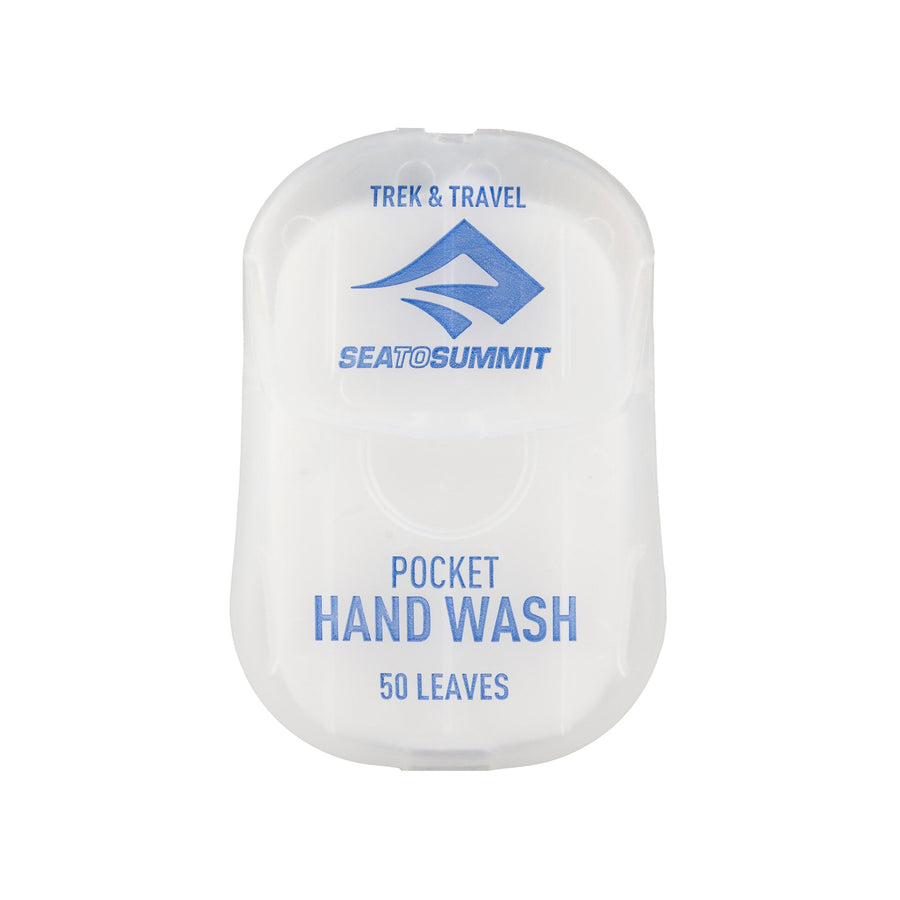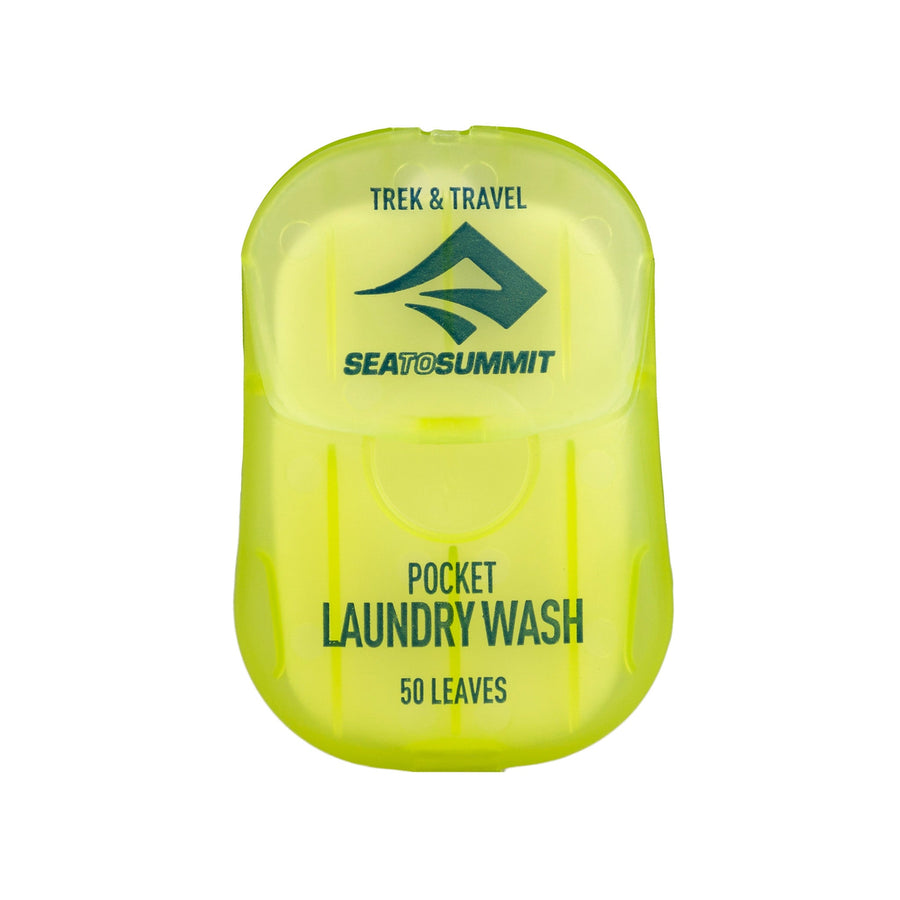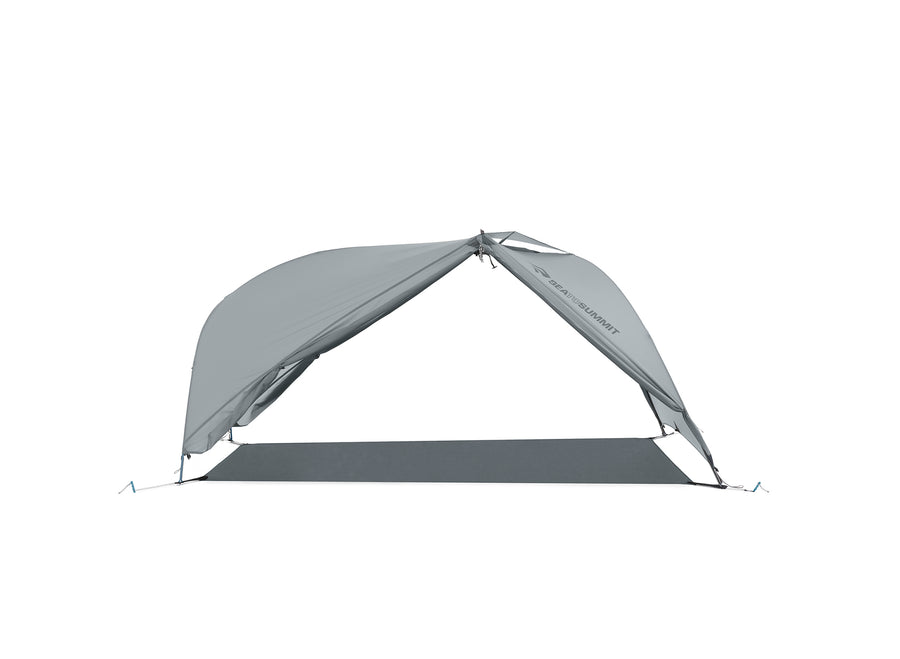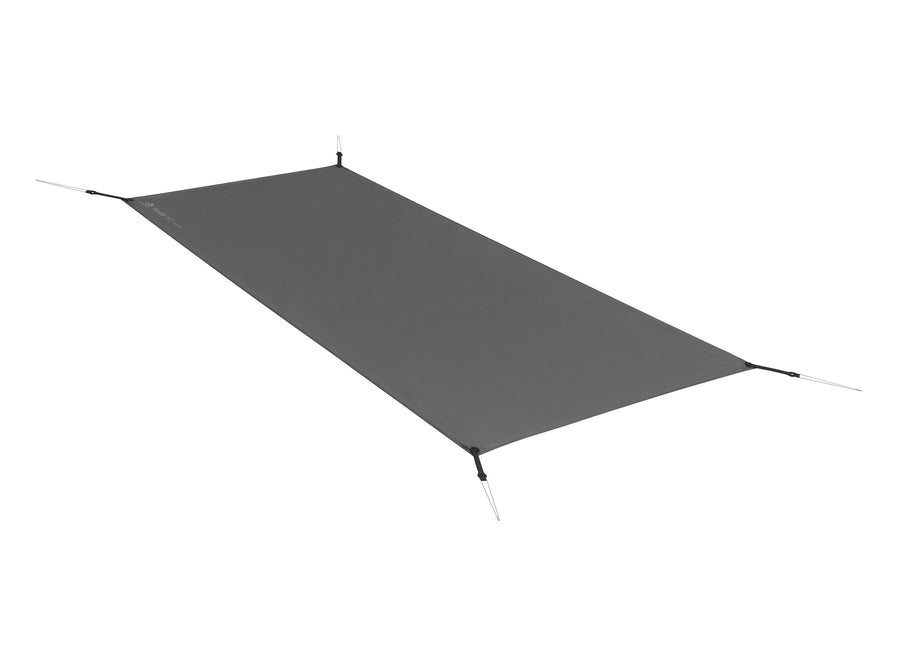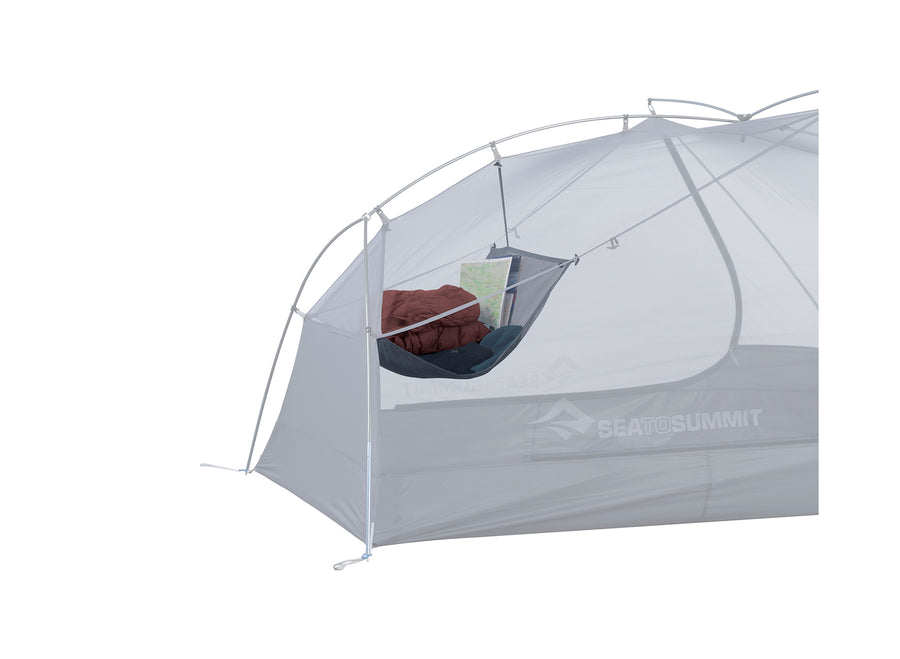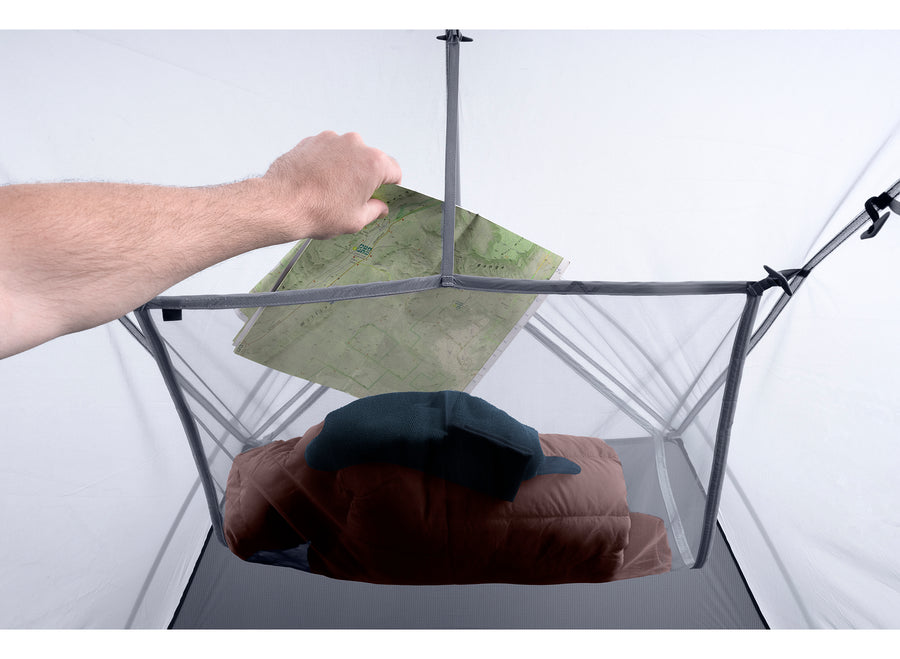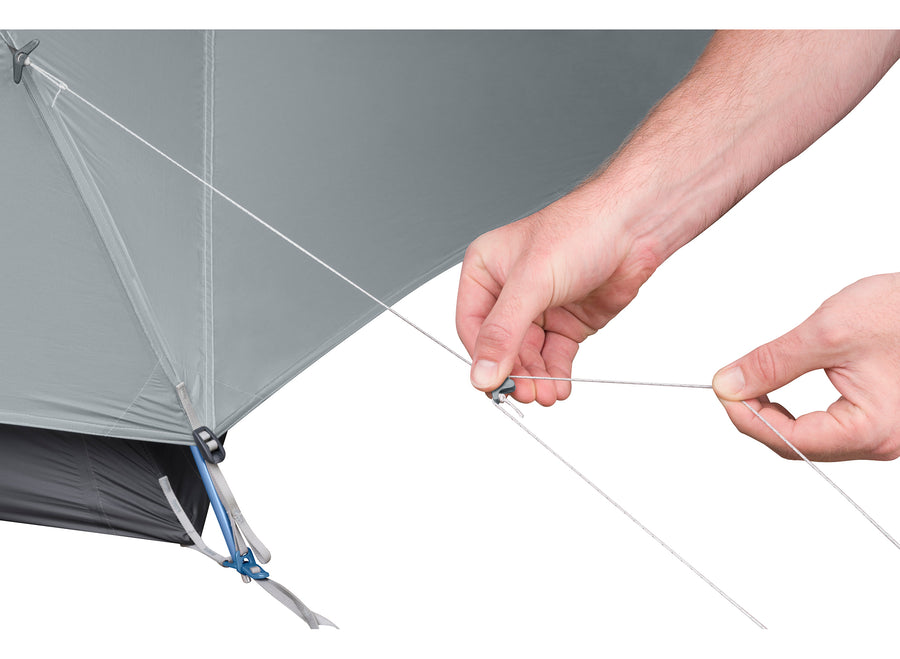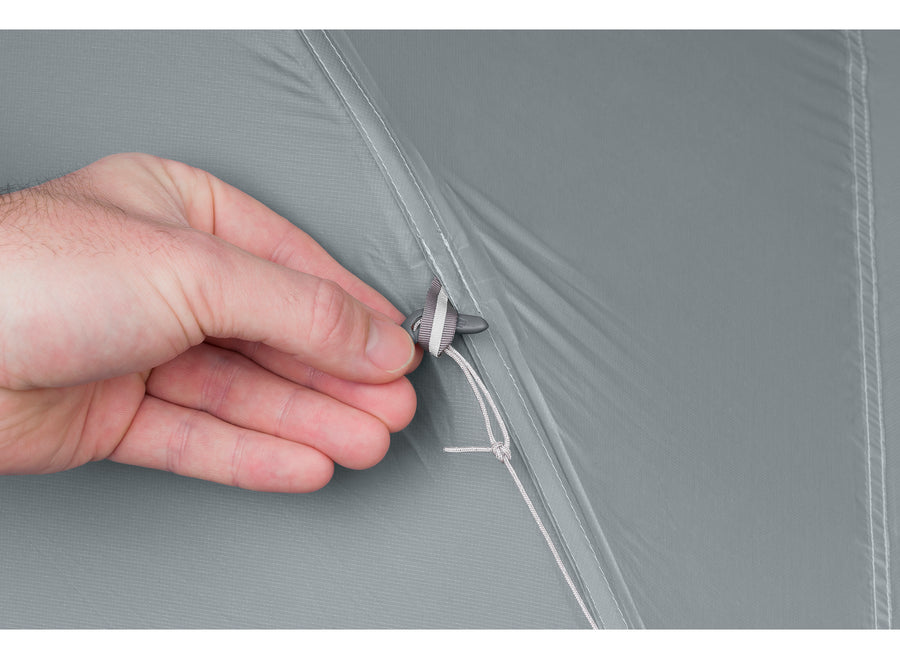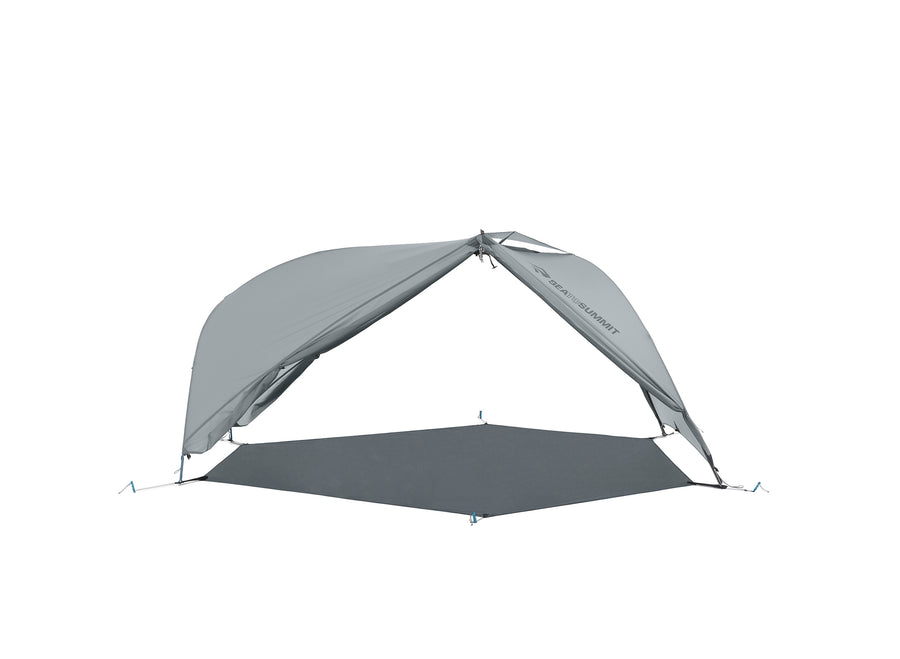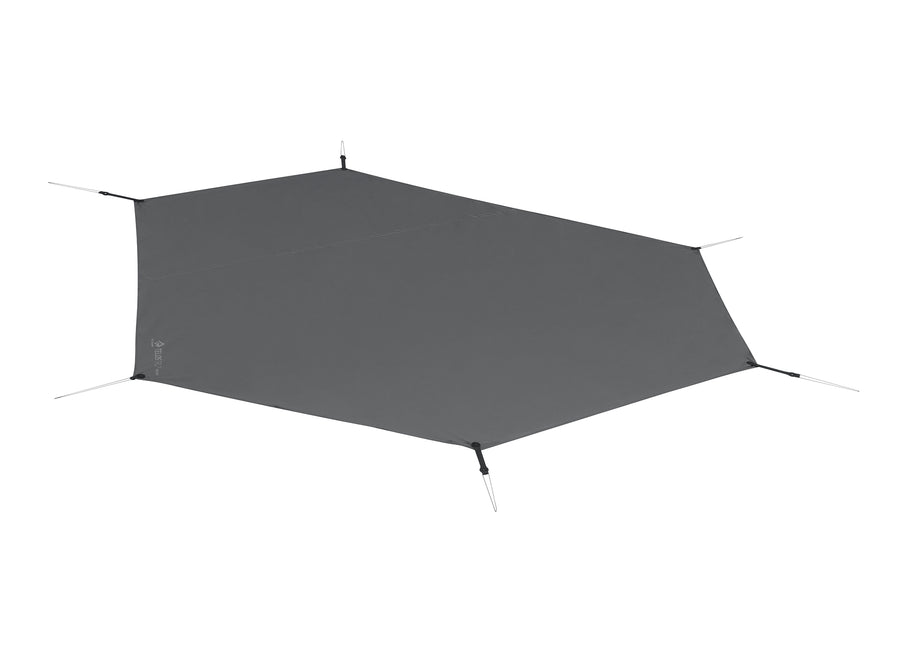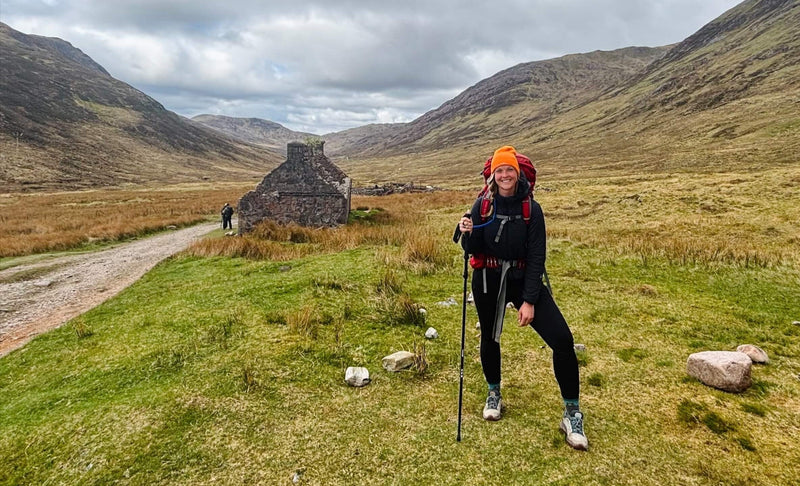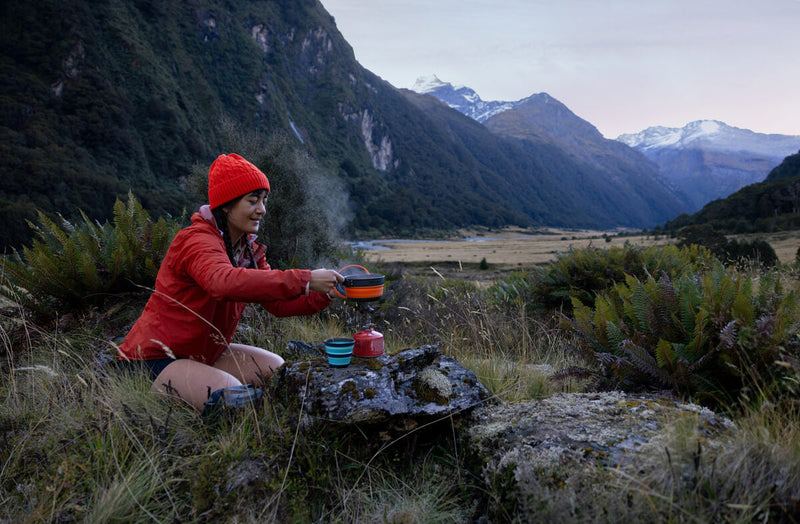Empowering Women to Solo Camp: A Life Changing Adventure
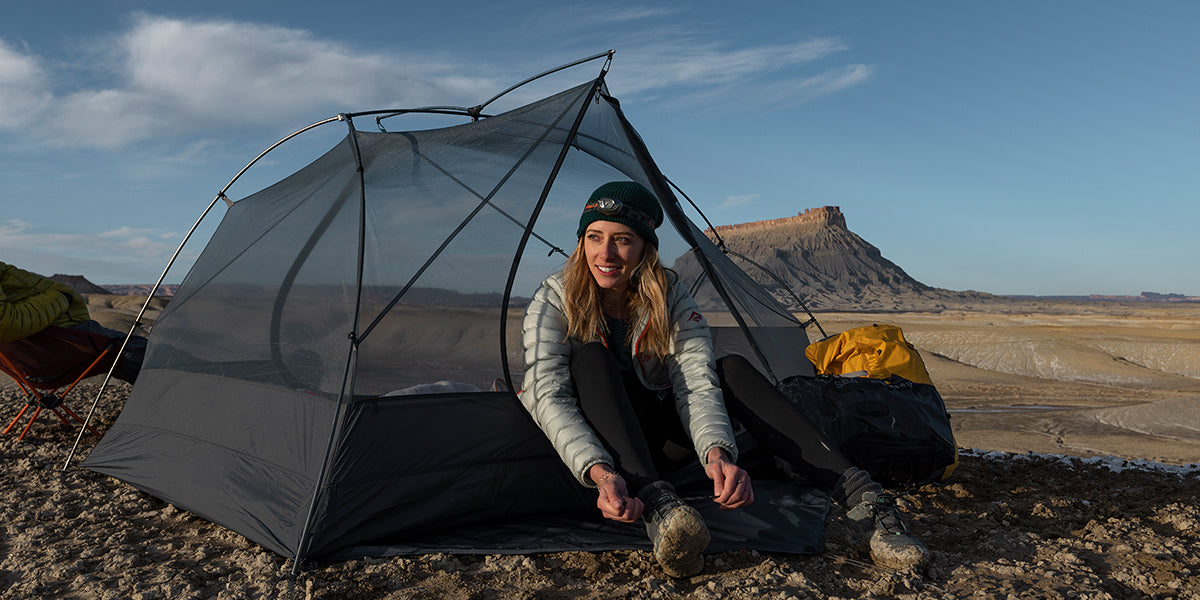
The first time I went solo camping, I was scared. But that’s exactly why I decided to do it. Stepping out of my comfort zone opened the door to incredible adventures. I packed a $15 tent, a foam yoga mat, my comforter, and a small gas cooker into my car and drove two hours south of Perth, Australia, to camp by the Collie River.
As I set up my tent, I felt like an imposter. “What is this scared woman doing out here camping solo?” I asked myself. I almost turned around and headed back to the city. But three other campers showed up, including a couple who helped me pitch my tent. Drew, a seasoned outdoorsman, built a fire and cooked his freshly caught fish. We sat under the stars, sharing stories, and I realized—there was no shame in being a solo female camper.
Facing the Fear of Solo Camping as a Woman
The night was the toughest part. Every rustle made me imagine the worst, so I promised myself I’d stop bingeing true crime. When morning came, I felt exhausted from a rough night of sleep on my foam mat. But I’d done it—I survived my first solo camping trip.
Since that day, I’ve embraced more solo outdoor adventures, with proper camping gear this time. My thru-hike along the Te Araroa Trail in New Zealand marked my transformation into a confident outdoorswoman. Each trip taught me how to camp solo as a woman with strength and independence.
Solo Camping on the Cape to Cape Track
My most recent solo adventure took me down the Cape to Cape Track, a 135km hike in South West Australia. I arrived at camp just after sunset. The trees creaked around me, but I was no longer afraid. Solo camping as a woman had become empowering. I walked through the dark forest with only the light from my headlamp, tucked into my sleeping bag, and reflected on my incredible day—hiking solo along the cliffs and spotting whales in the distance.
7 Essential Tips for Women Who Solo Camp
If you’re a woman ready to embark on your solo camping journey, these tips will help you feel empowered and prepared:
- Start Small: For your first solo camping experience, choose a well-traveled trail. Ease into it and gain confidence before heading deep into the wilderness.
- Reduce True Crime Content: As much as we love true crime shows and podcasts, consuming too much can heighten fears. Remember that most people in the outdoors are friendly and peaceful.
- Embrace the Solitude: Solo camping as a woman doesn’t mean being completely alone. Bring a book, a journal, or a playlist (preferably without murder mysteries). Enjoy your own company and the freedom to reflect.
- Prioritize Comfort: A comfortable night’s sleep can make all the difference on your solo camping trip. Invest in a high-quality sleeping mat, a cozy sleeping bag, and a pillow to make your tent feel like a haven in the wilderness.
- Be Prepared: Preparation is key for women who solo camp. Know your route, the weather, and pack the essentials. This planning helps you feel secure and safe while camping solo.
- Make Space for Adventure: Don’t be afraid to adjust your plans. Take time for unexpected joys, like a swim in a crystal-clear lake or a moment of reflection on a beautiful overlook. Solo camping is about embracing freedom.
- Carry a PLB for Safety: As a solo female camper, safety is paramount. A personal locator beacon (PLB) ensures help is available in an emergency. If buying isn’t an option, renting one is a great alternative.
Why Women Should Try Solo Camping
Solo camping for women isn’t just about proving something—it’s about discovering yourself. It’s empowering to head into the wilderness alone, trusting your instincts, and embracing the solitude. You don’t have to wait for others—just pack your gear and go. Each solo adventure strengthens your confidence, builds resilience, and gives you the space to connect with nature in a profound way.
So, gather your gear and plan your first solo camping trip. Whether it’s a weekend in the woods or a multi-day hike, the freedom and empowerment you’ll feel are worth every step.
